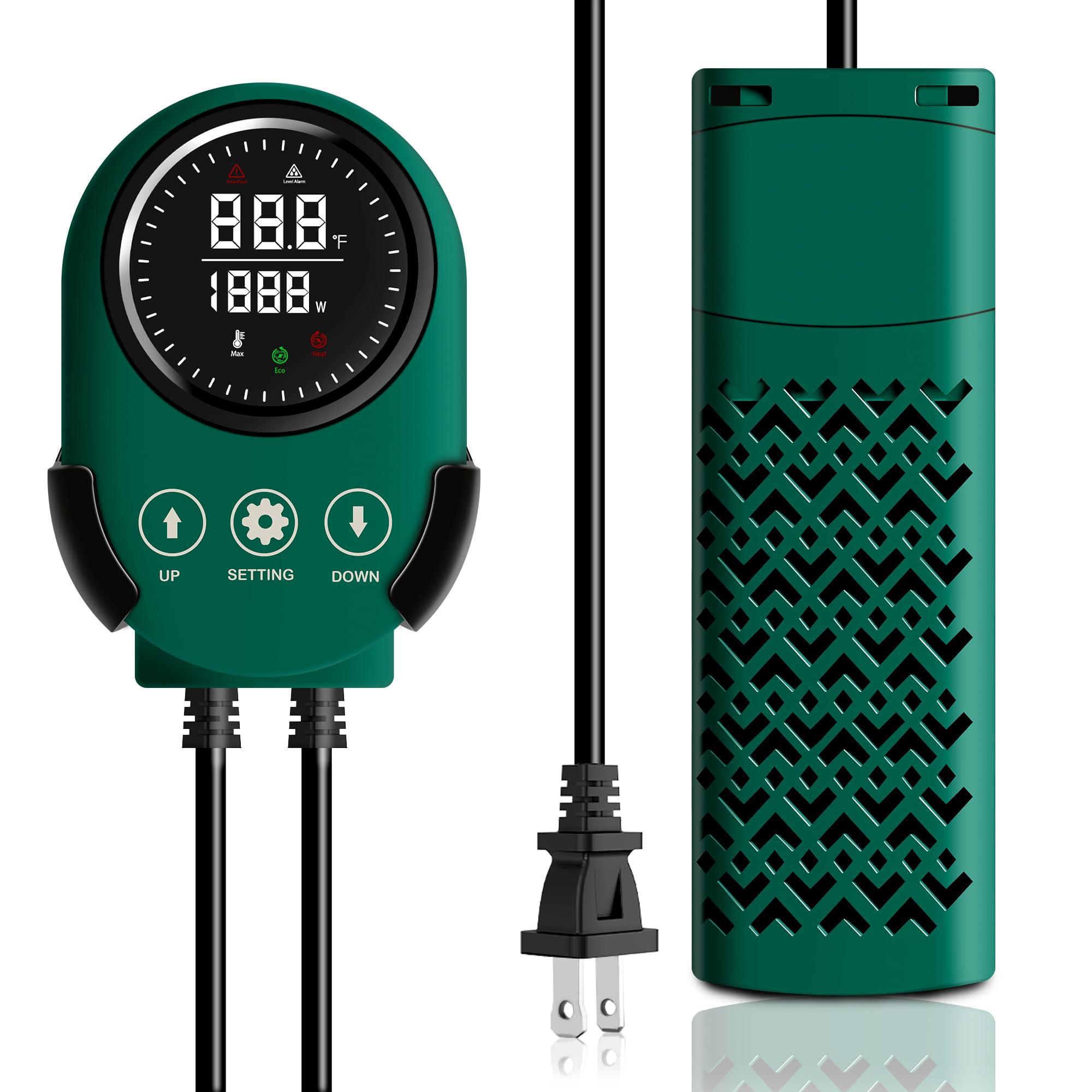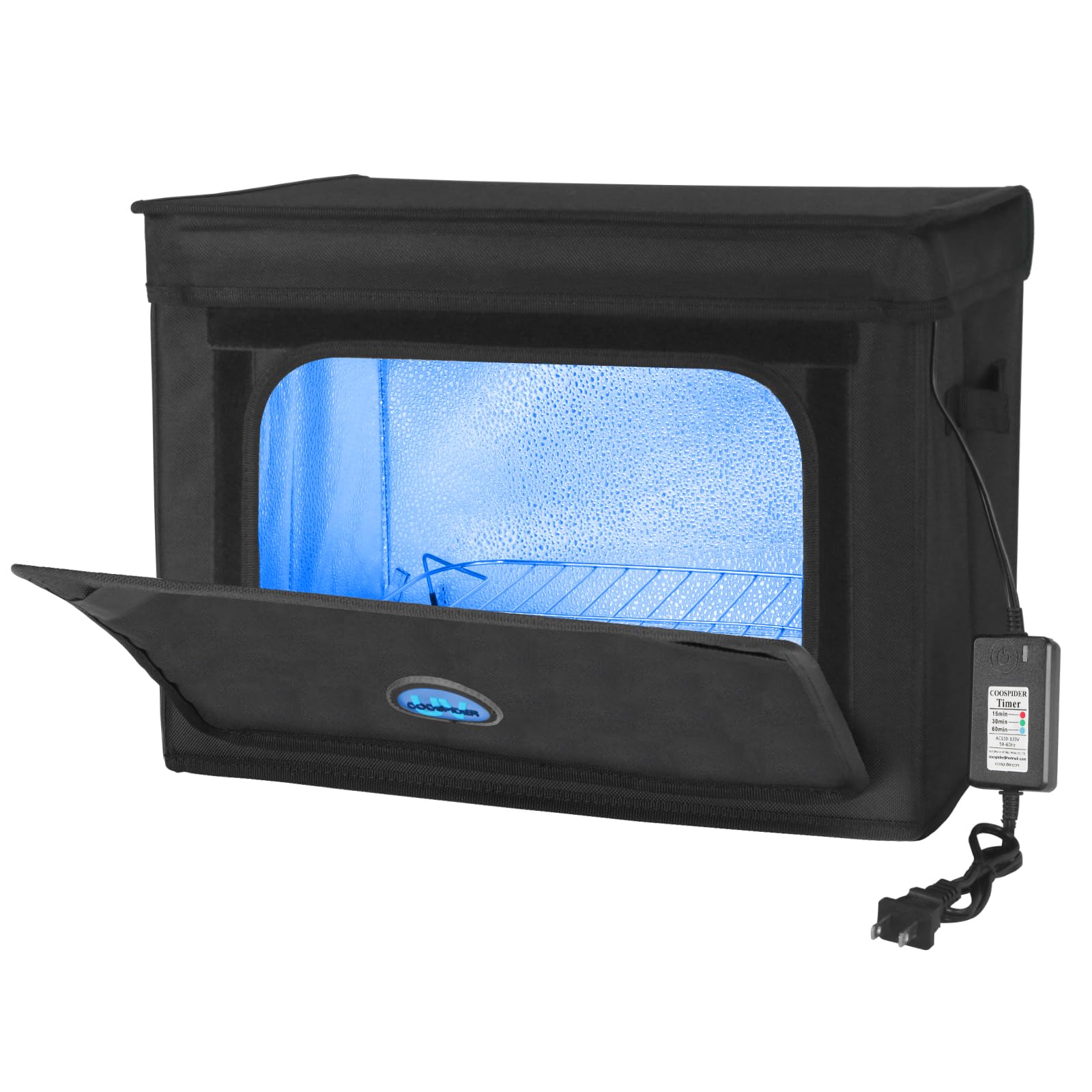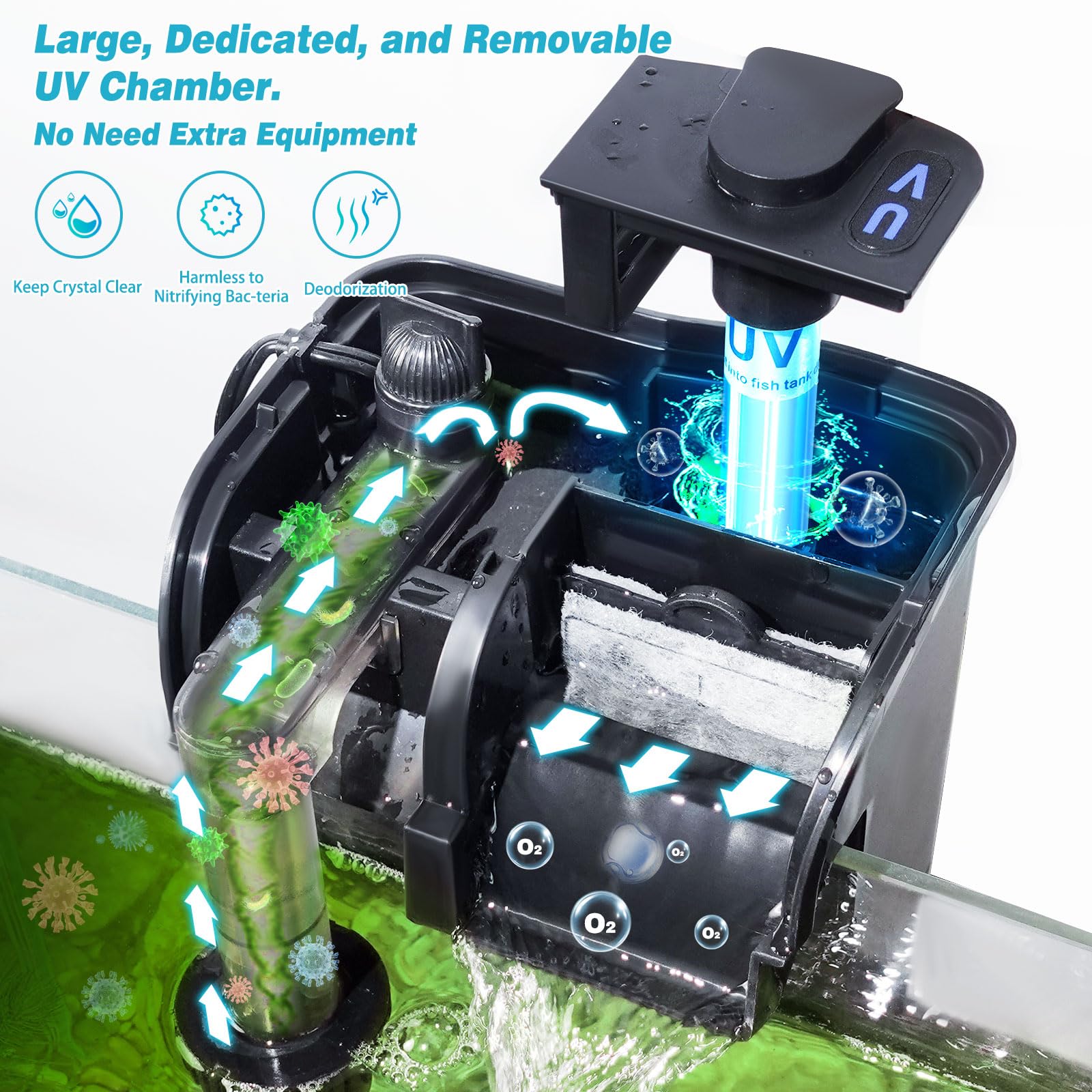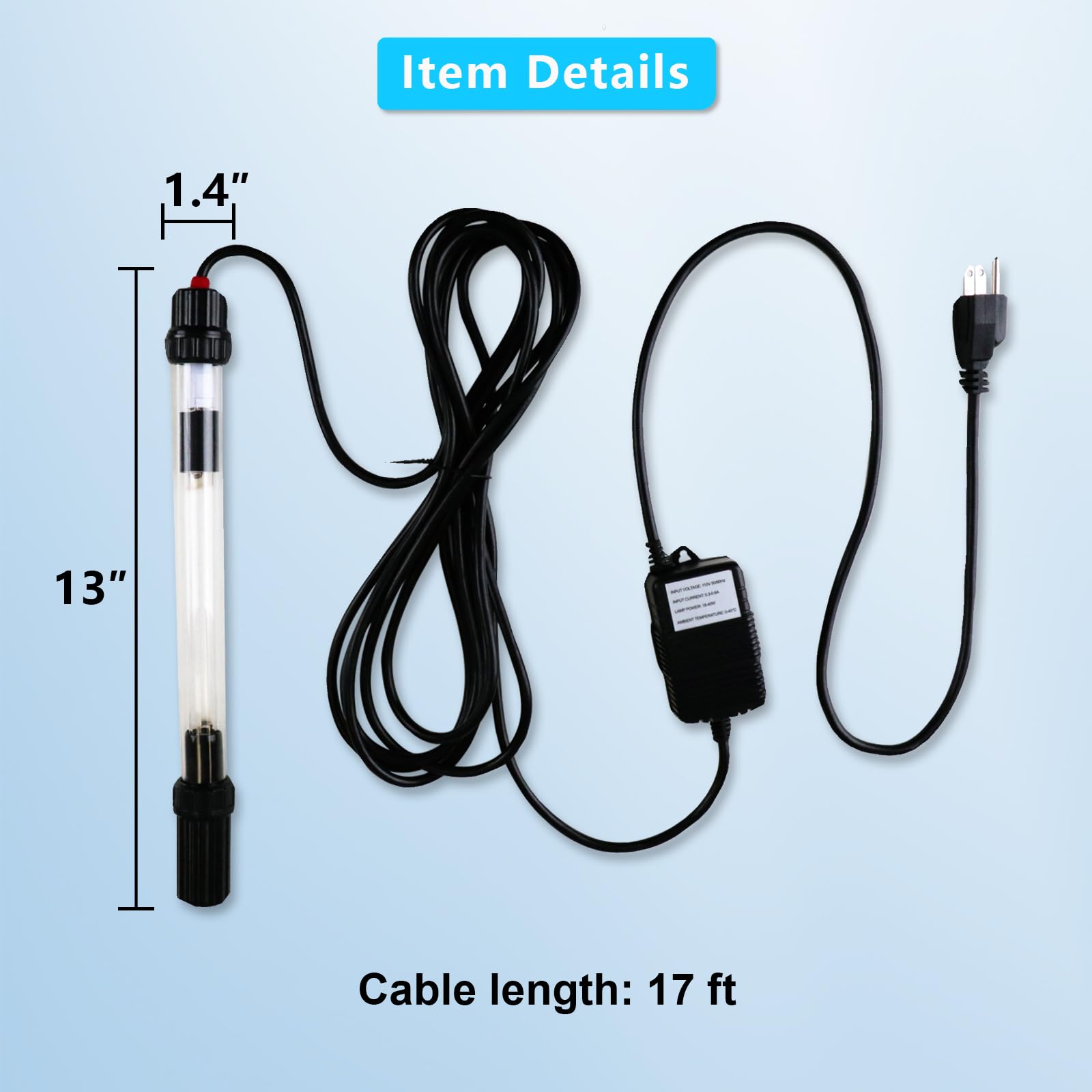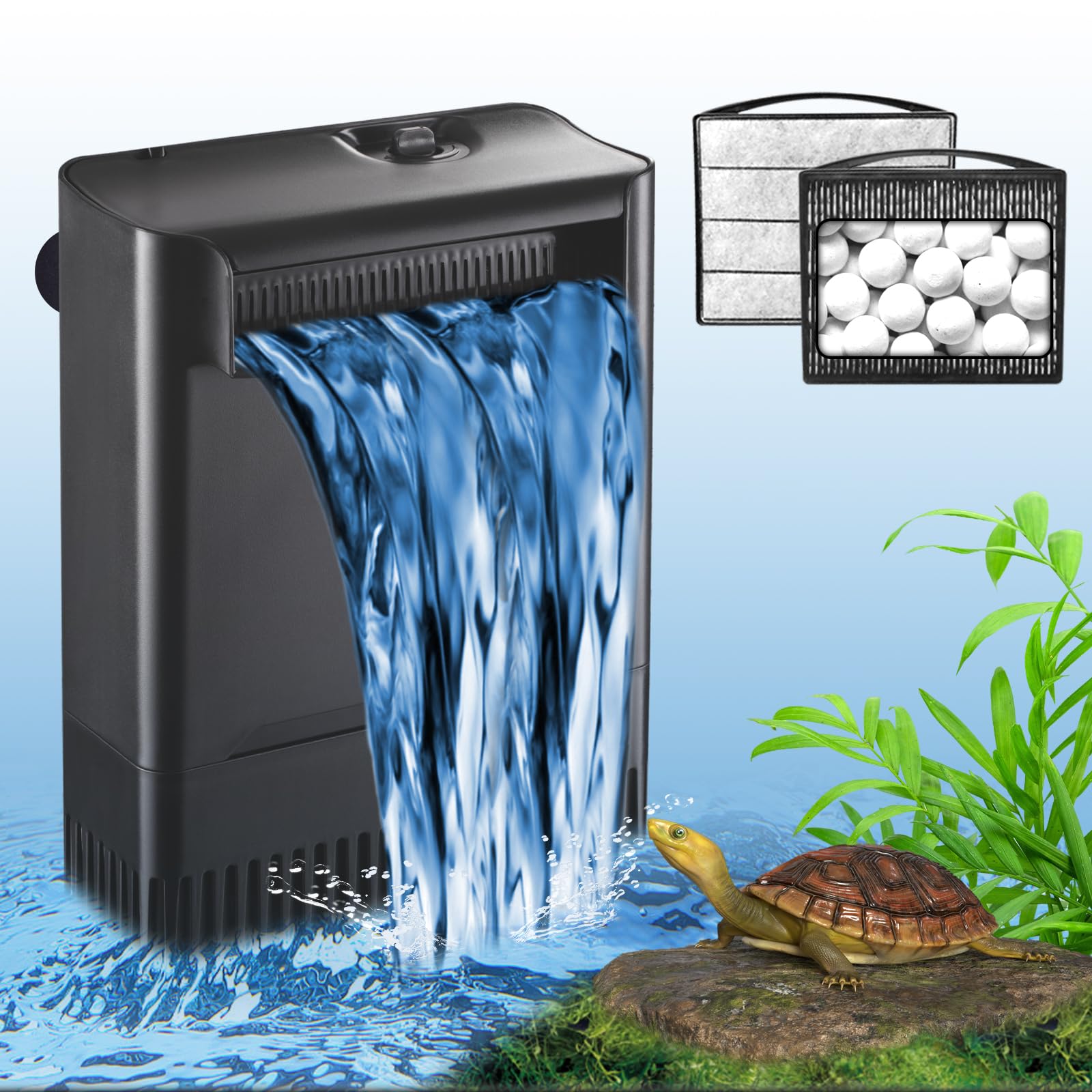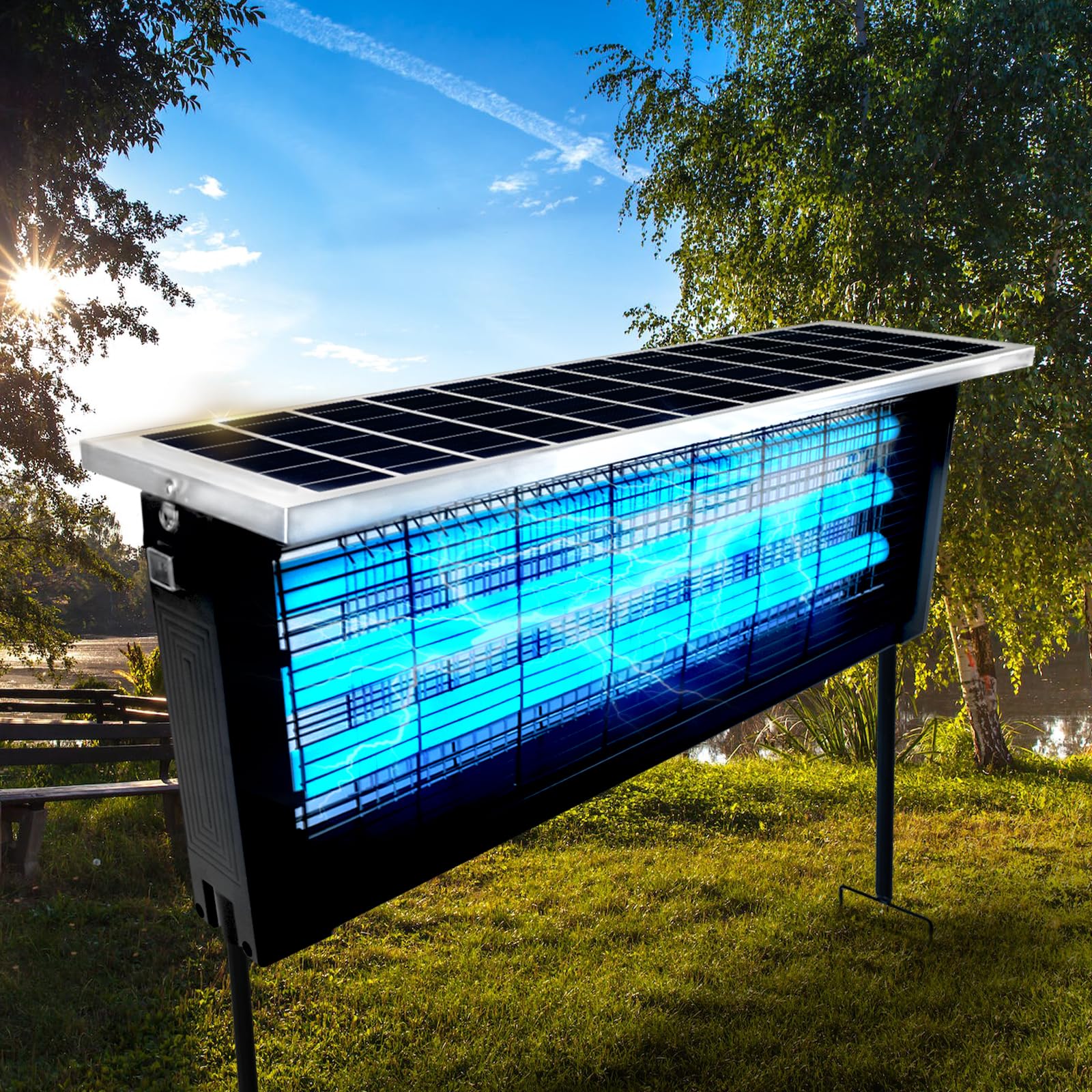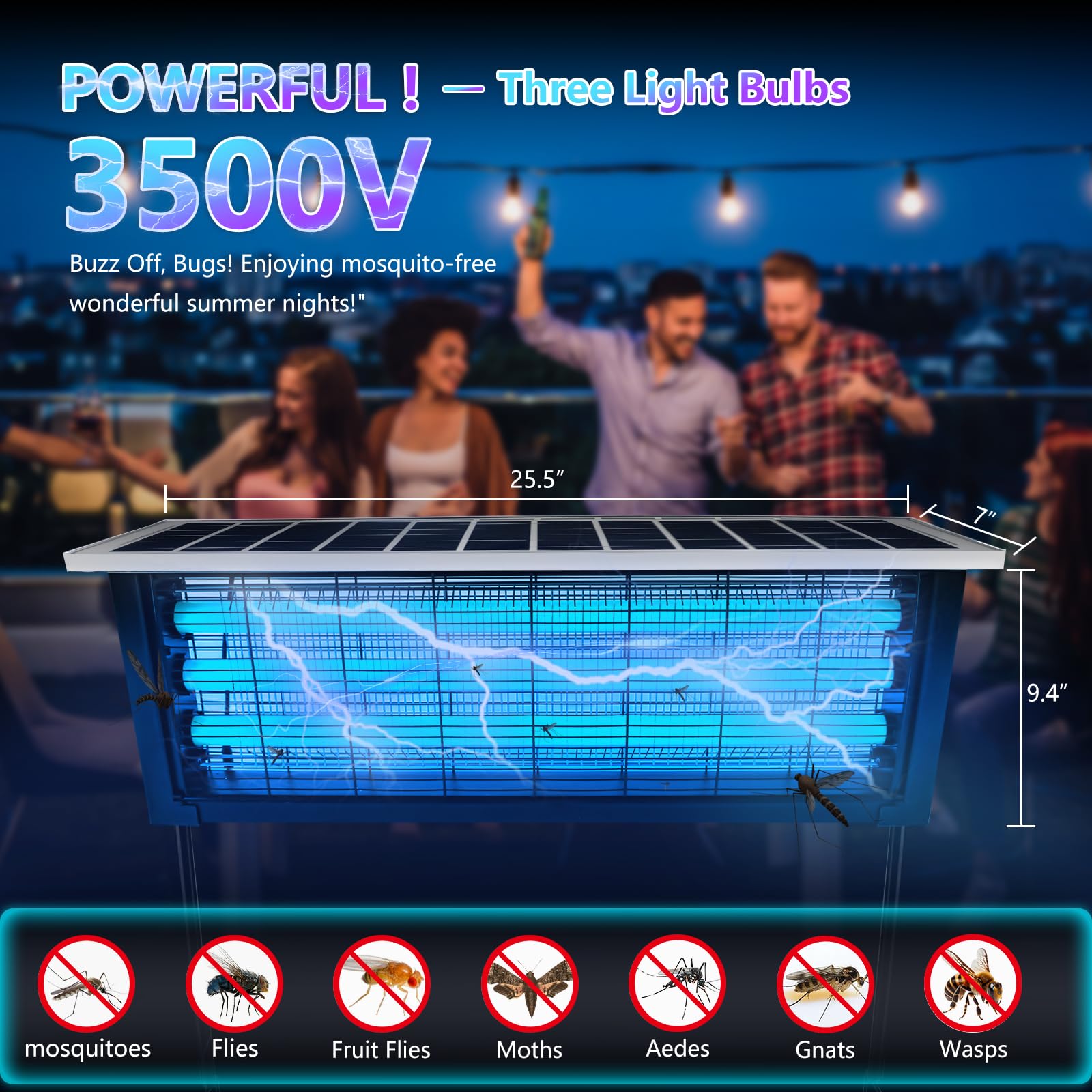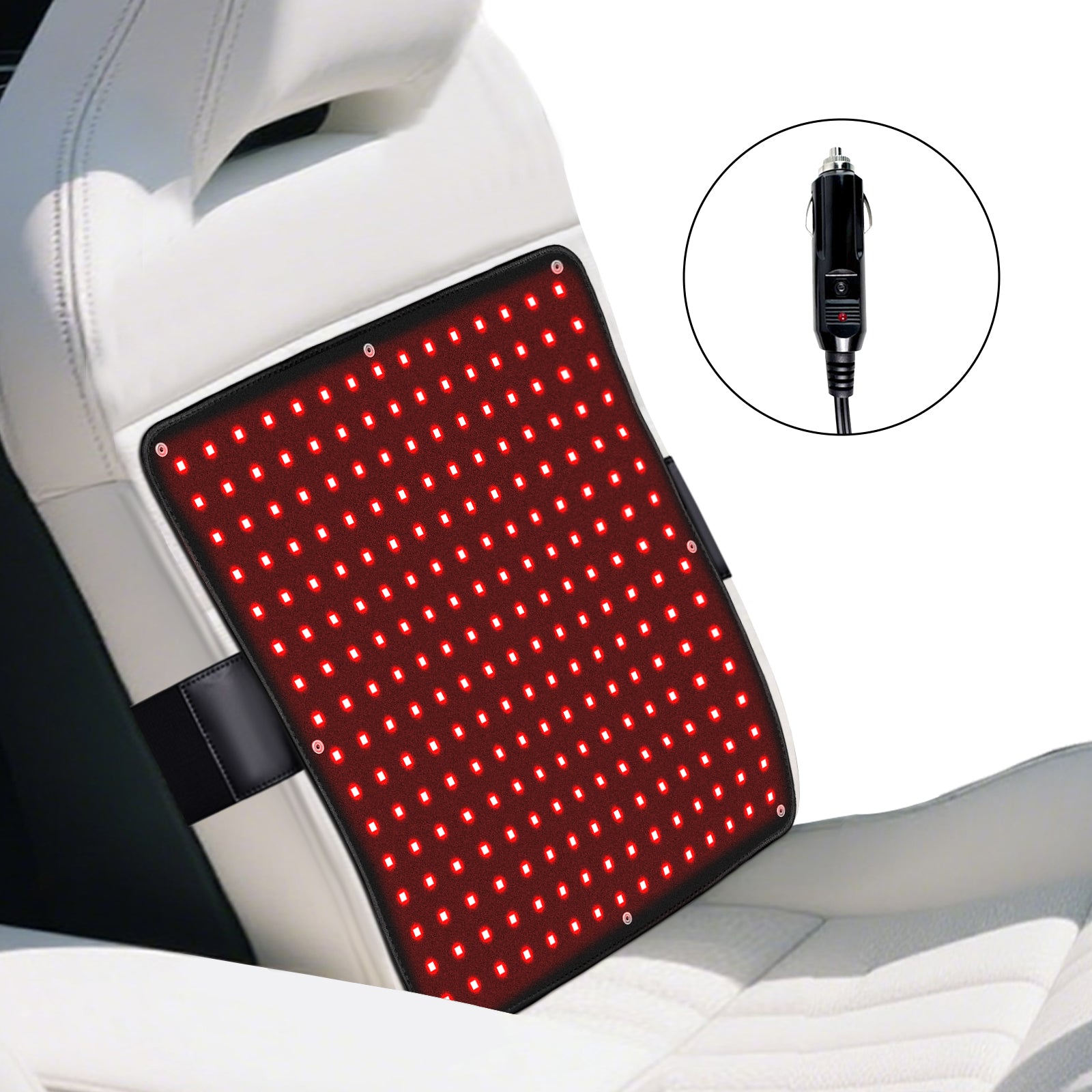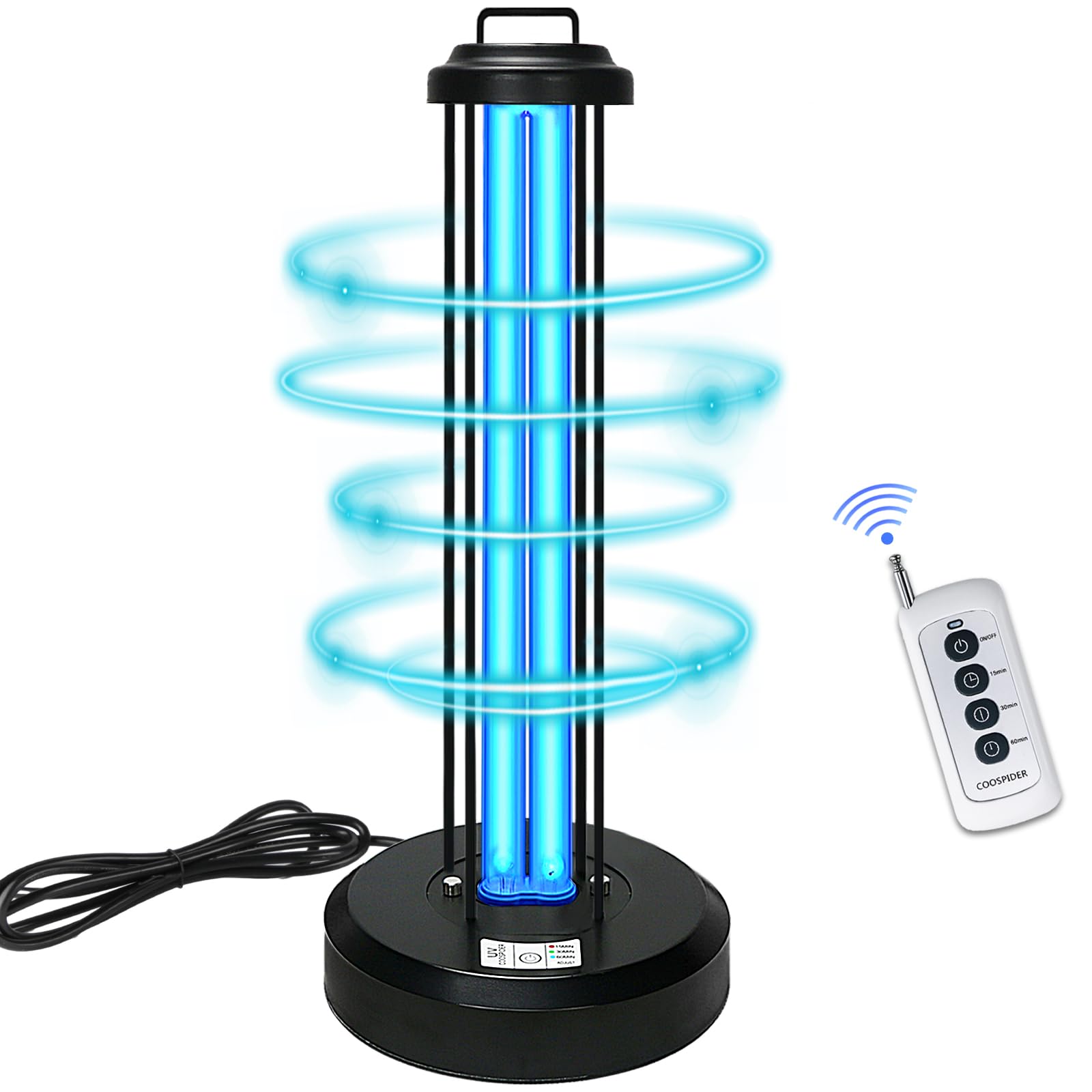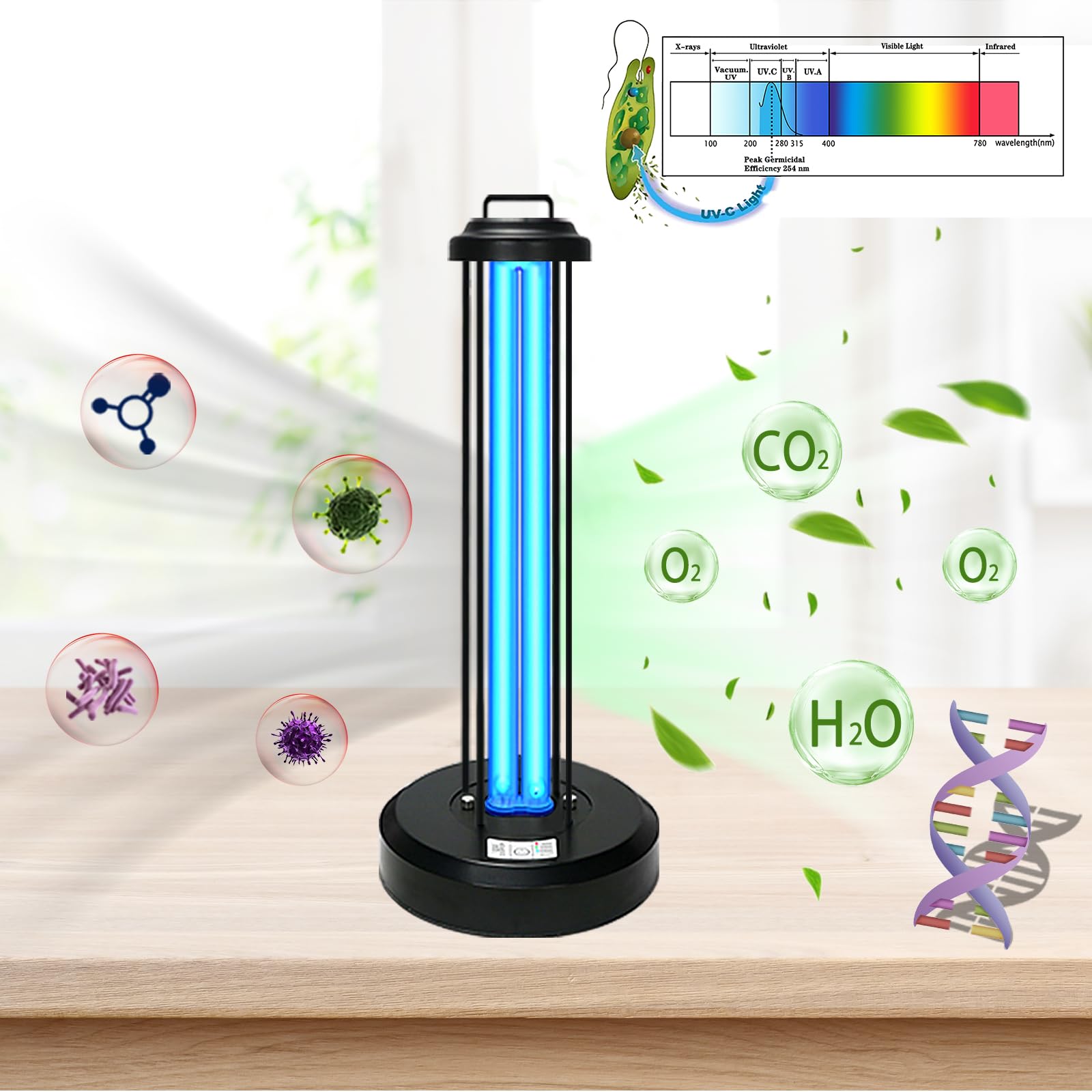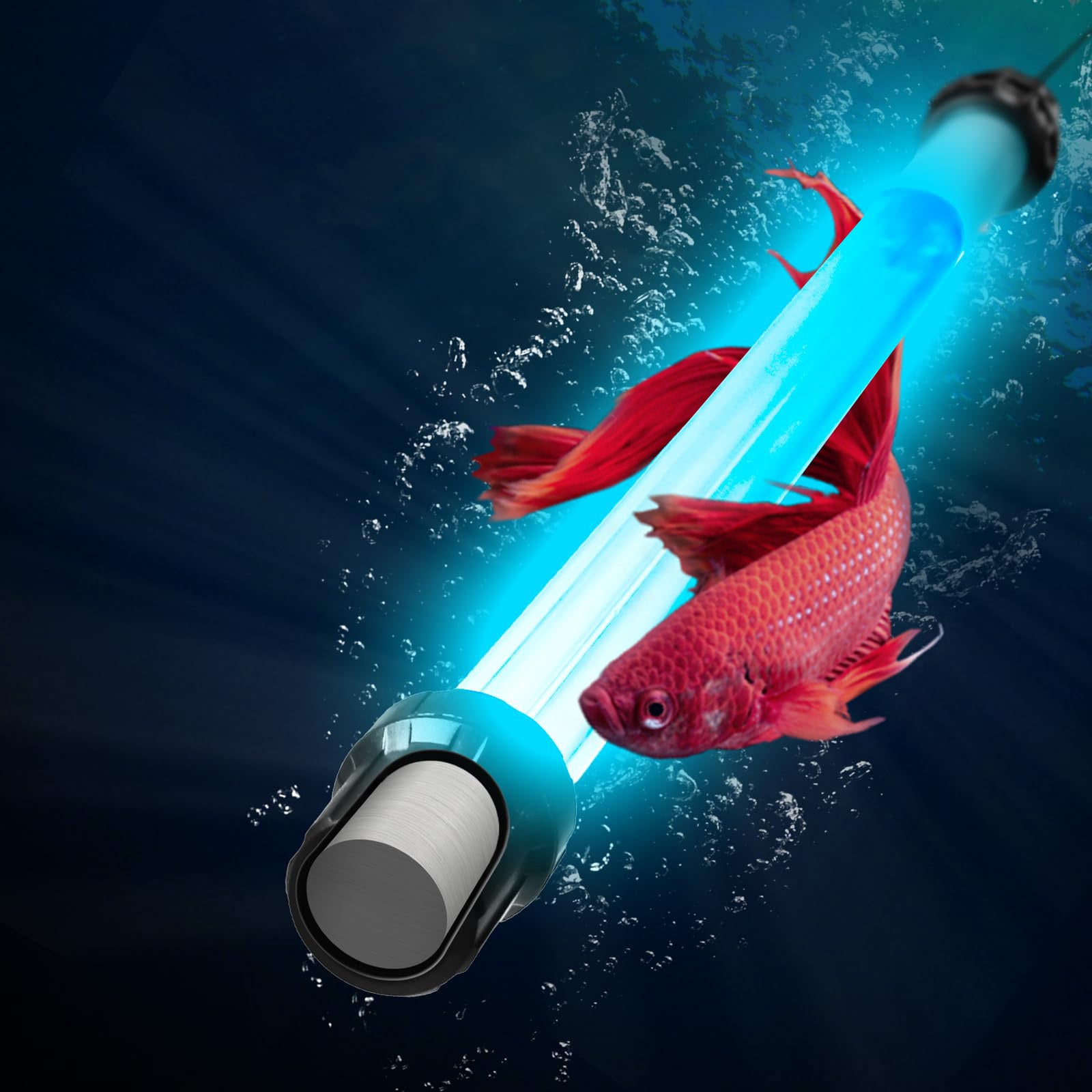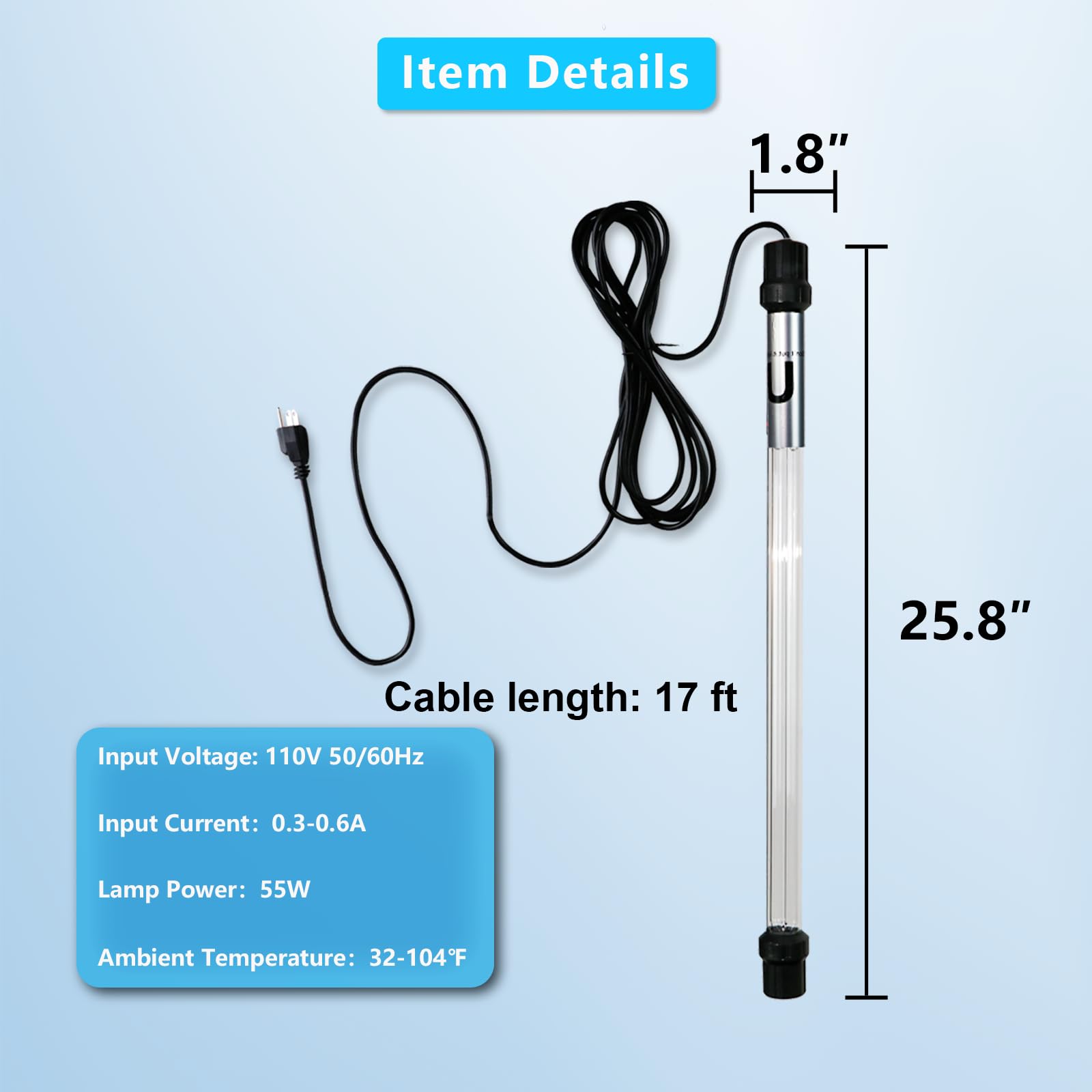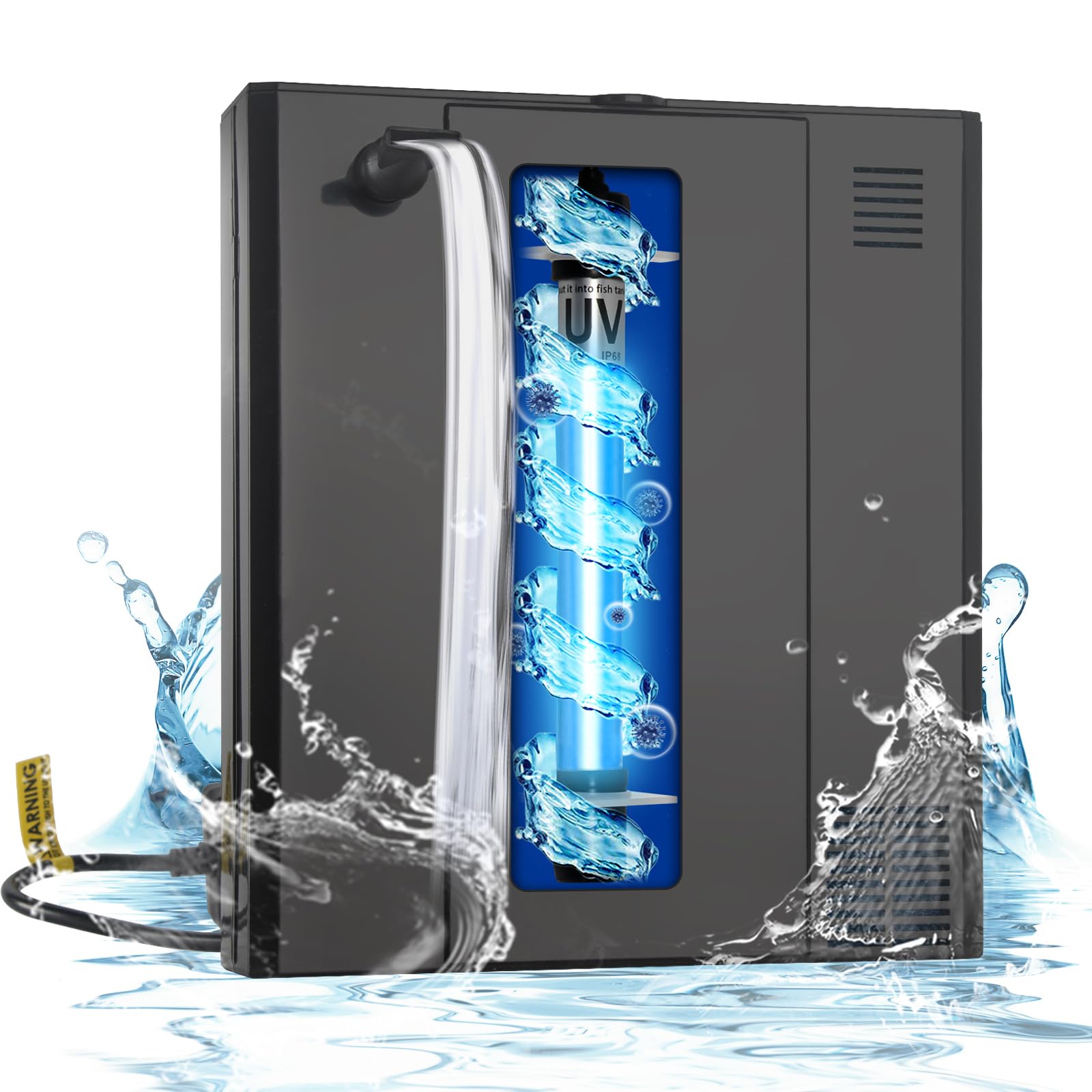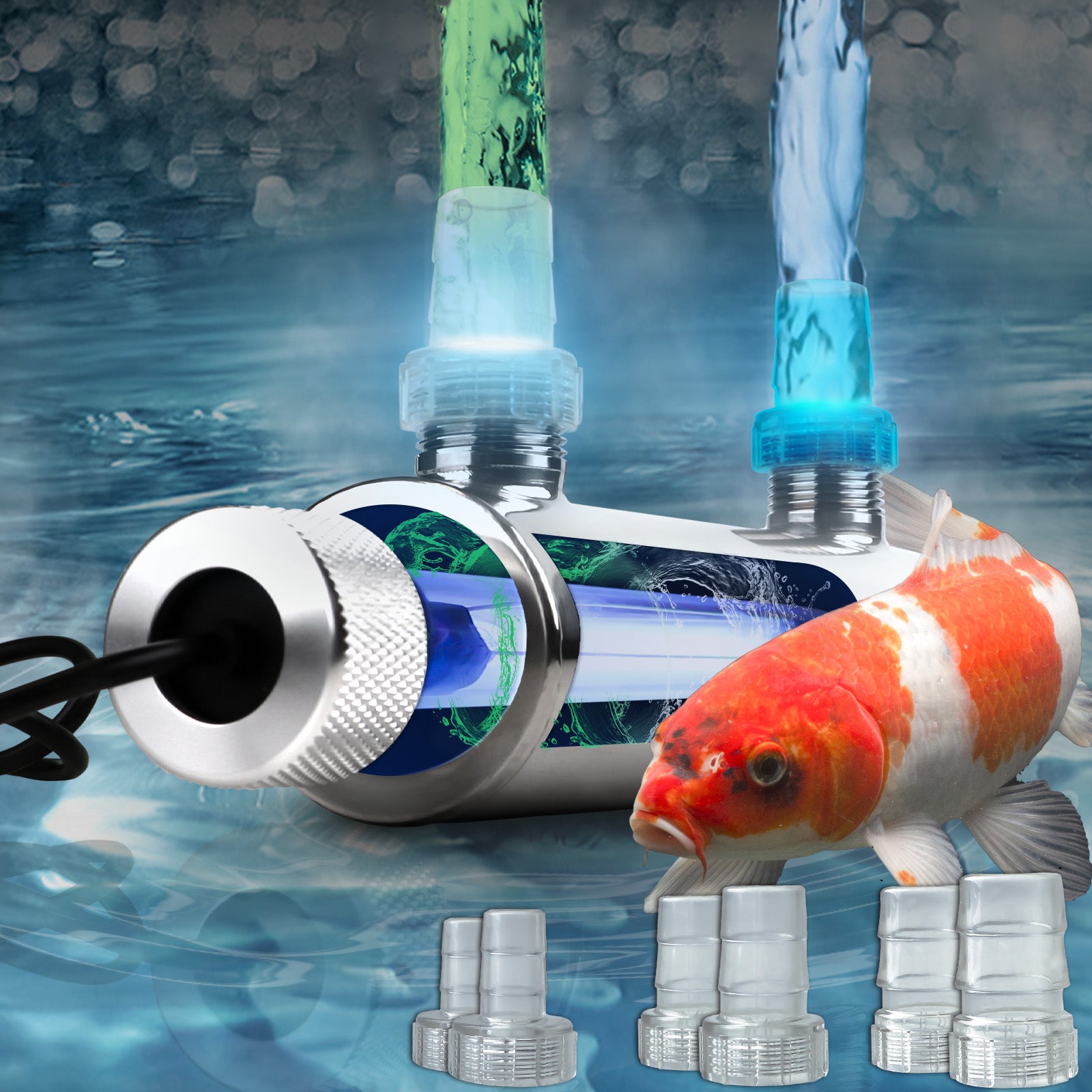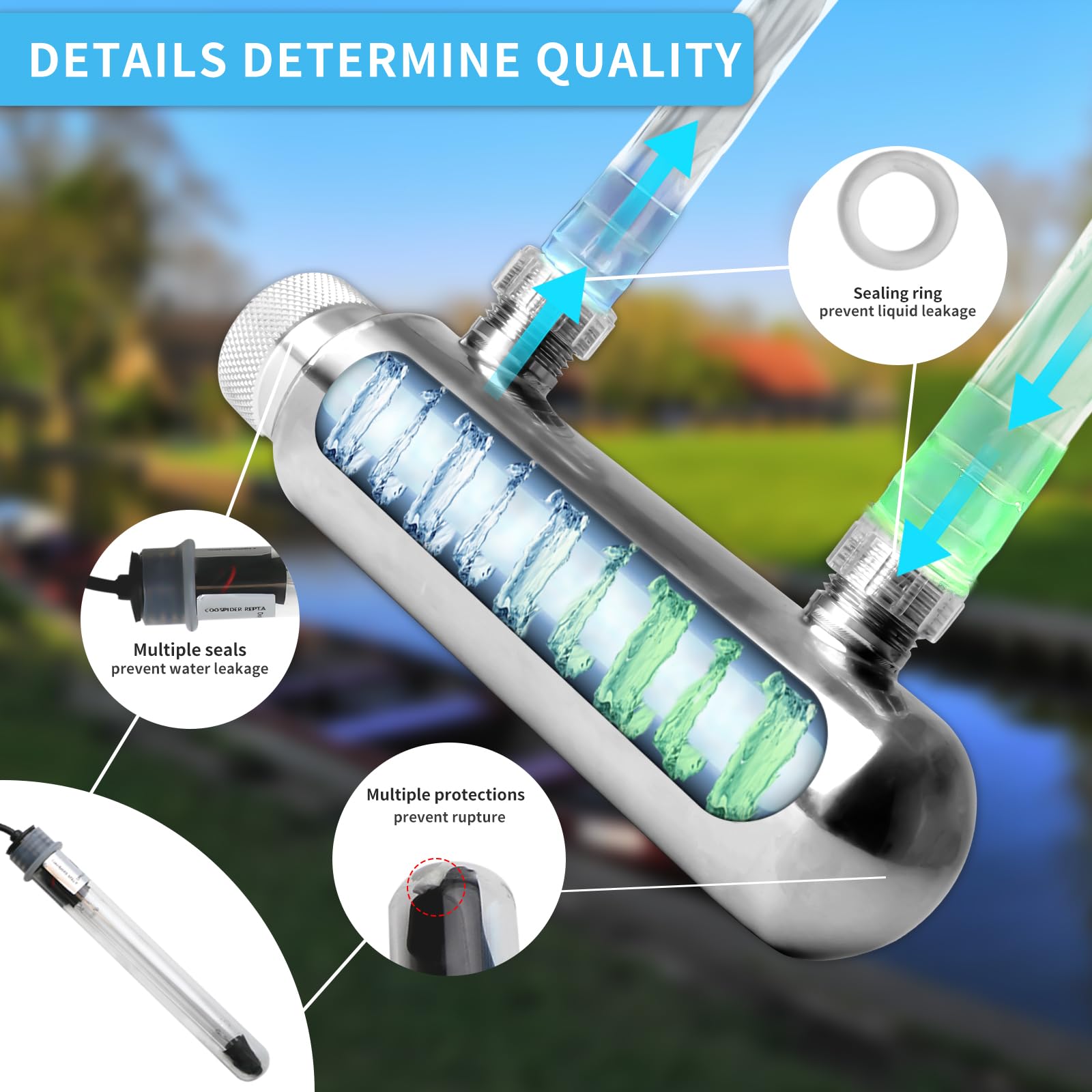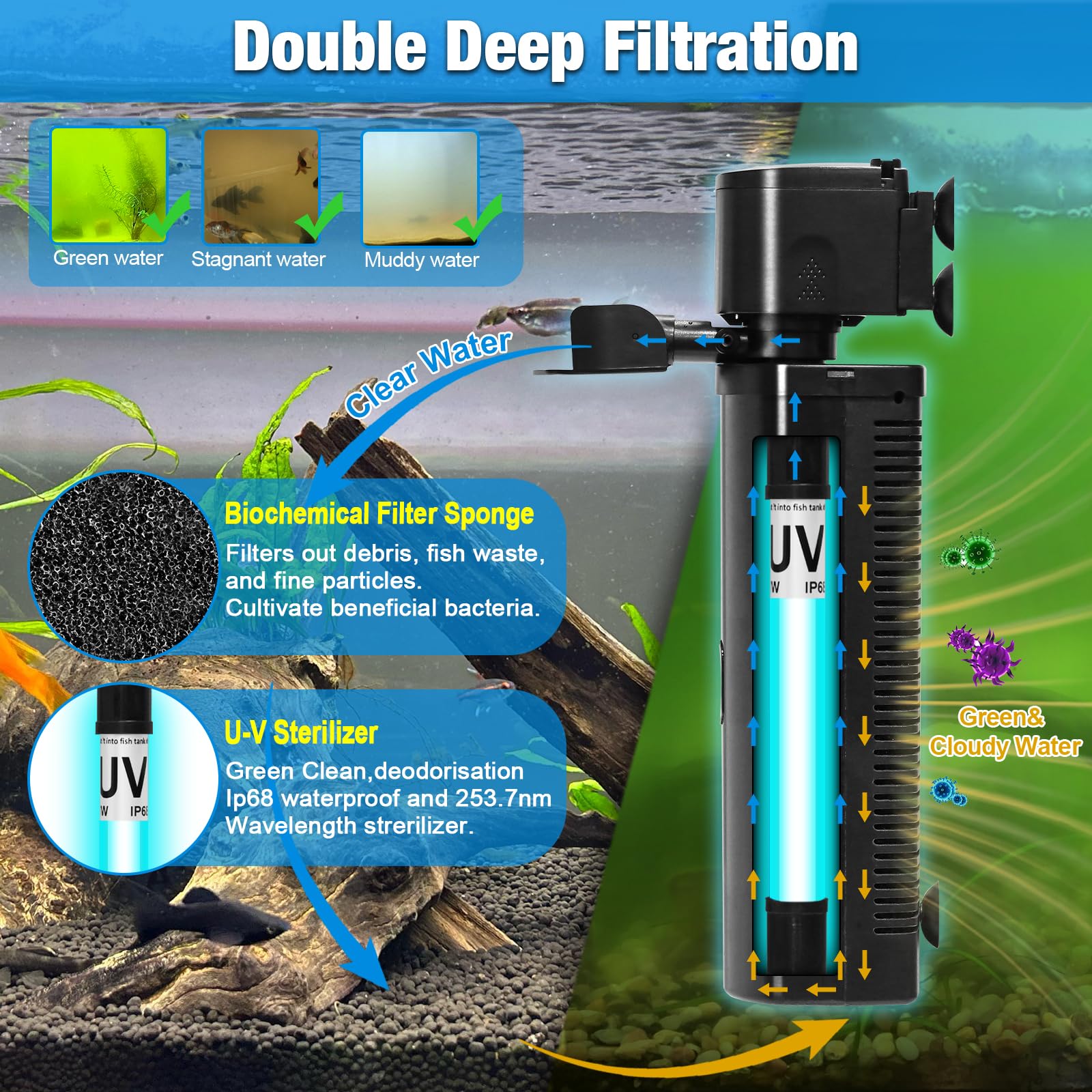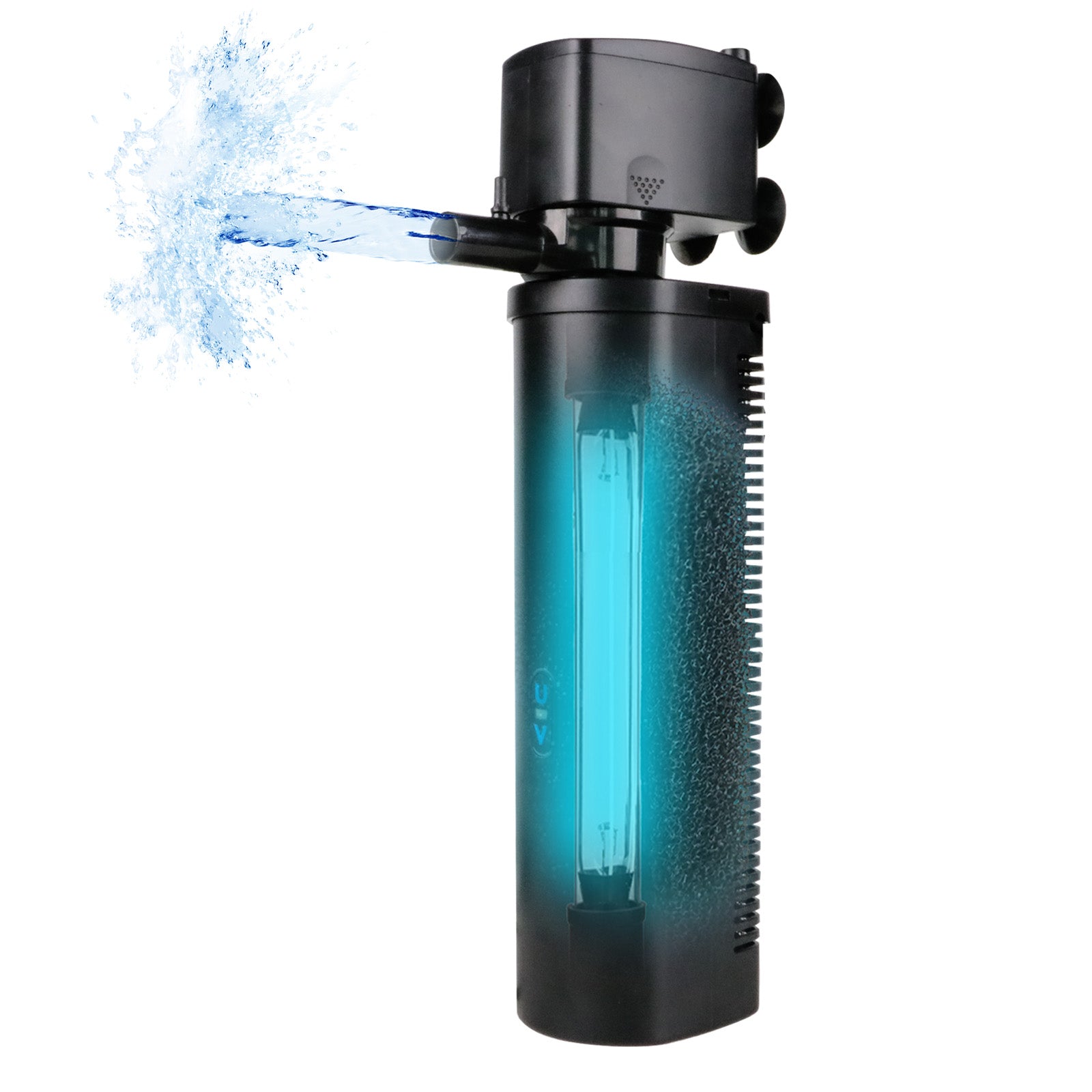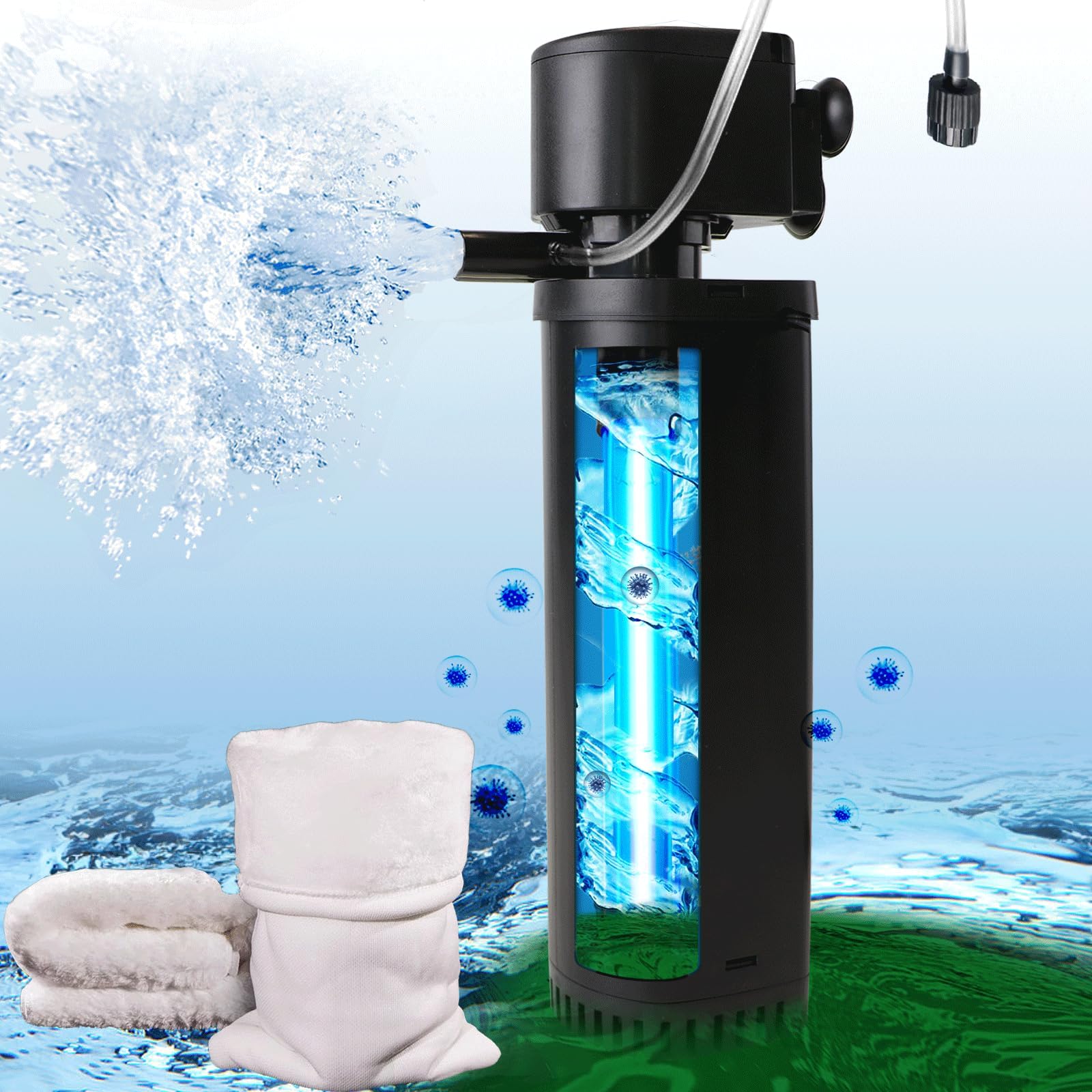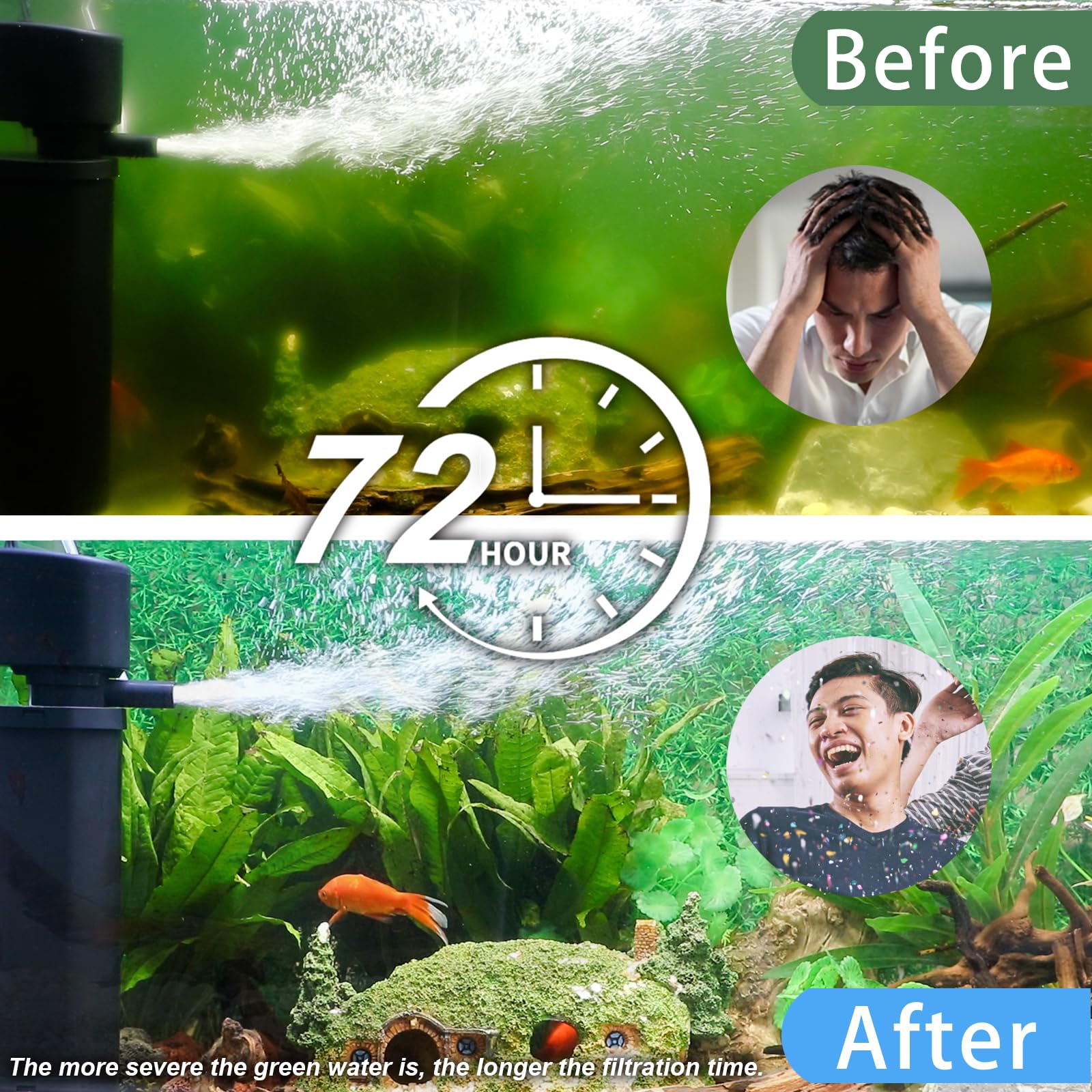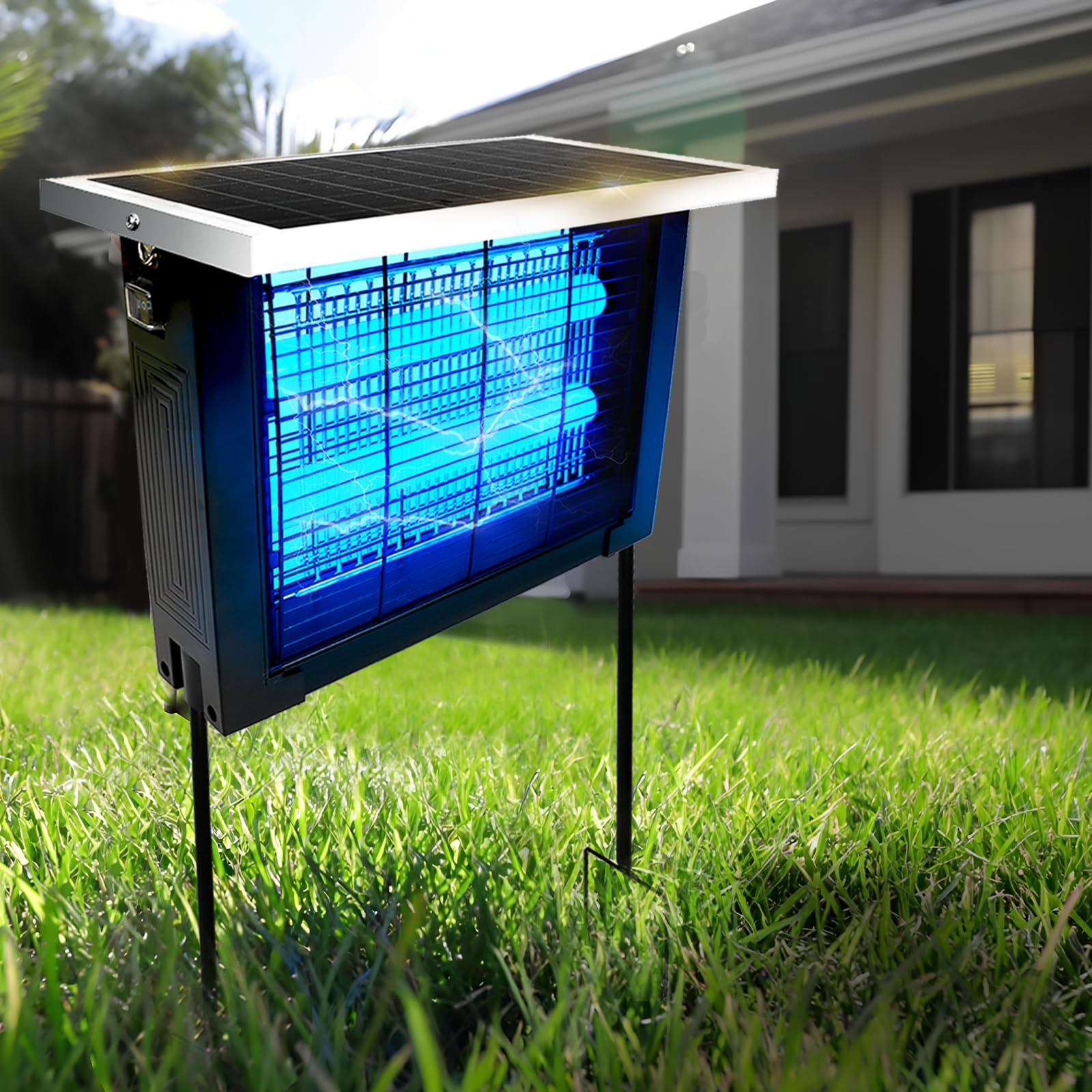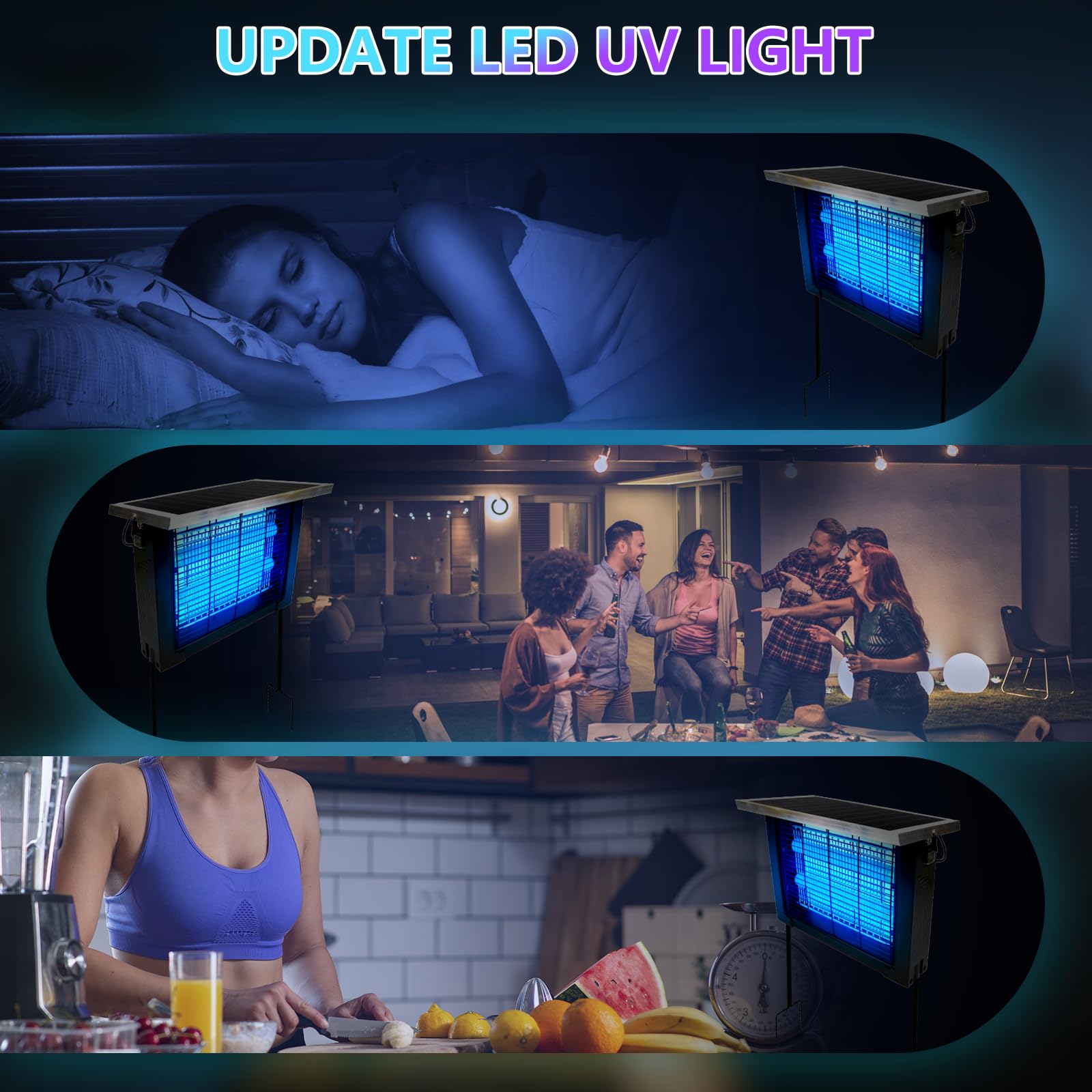Mosquito killer lamps have become a must-have for many households—especially in summer or in warm, humid regions where mosquitoes never seem to disappear. But while most shoppers focus on marketing slogans like “high-voltage grid,” “UV lamp,” “silent operation,” “eco-friendly,” or “safe for babies,” they often ignore the technical parameters that actually determine whether a mosquito lamp works or not.
In fact, based on real user experience, customer complaints, and lab comparisons, more than 90% of buyers choose mosquito lamps incorrectly because they don’t understand the key specifications that truly influence performance.
This guide will solve that problem.
Whether you're buying for your home, bedroom, patio, RV, or office, the following in-depth analysis will help you understand the 5 most critical parameters that most shoppers completely overlook—but that make the biggest difference in real-world mosquito-catching performance.
Let’s break it down.
1. UV Wavelength (365 nm vs 395 nm): The Most Misunderstood Parameter
Most mosquito lamps on the market proudly advertise “UV light,” but not all UV wavelengths attract mosquitoes equally. This is the #1 overlooked spec and it directly determines how many mosquitoes your lamp can attract.
✔ Why wavelength matters
Mosquitoes are highly sensitive to ultraviolet light around 360–370 nm, which mimics the frequency range of the CO₂ and body odor signals they use to find humans.
This means:
-
365 nm UV = excellent mosquito attraction
-
395 nm UV = mostly decorative, weak mosquito attraction
Yet many cheap mosquito lamps use 395 nm LEDs because they’re cheaper to manufacture.
365 nm vs 395 nm — What’s the real difference?
| Wavelength | Performance | Notes |
|---|---|---|
| 365 nm | ★★★★★ (Professional grade) | Strong attraction, ideal for real mosquito elimination |
| 368 nm | ★★★★☆ (Still excellent) | Common in premium home models |
| 395 nm | ★★☆☆☆ (Weak) | Mostly produces a purple glow, not effective for mosquitos |
| >400 nm | ★☆☆☆☆ | Basically useless—more decorative than functional |
How to identify 365 nm ultraviolet lamps
-
Look for “365 nm UVA light” in the product specs
-
Authentic 365 nm usually produces a pale, soft violet not the deep purple common in 395 nm LEDs
-
Better products use Philips, Osram, or Seoul Viosys UV chips
If a product does not specify its wavelength, assume it's 395 nm—meaning you're paying for pretty purple light, not mosquito-catching ability.
2. Suction Fan Airflow (CFM): Bigger Than Voltage Grid
Many people think mosquito lamps rely primarily on electric shock grids, but in reality, most modern mosquito lamps (especially indoor models) use air suction as their main capture method.
This means airflow performance (CFM) becomes crucial.
✔ Why airflow matters
Mosquitoes attracted by the UV light hover near the lamp.
A strong suction fan instantly pulls them into a trap box where they dehydrate and die.
Weak airflow = mosquitoes escape or hover unfazed.
How mosquito lamp airflow works
-
The UV light draws mosquitoes close
-
The fan creates a vortex
-
The vortex traps mosquitoes in the bottom chamber
-
Mosquitoes die after a few hours due to dehydration
The stronger the fan, the better the capture rate—period.
Understanding Airflow Ratings
Airflow is usually measured in CFM (Cubic Feet per Minute).
| Airflow | Capture Effect | Suitable Scenario |
|---|---|---|
| > 4 CFM | ★★★★★ Excellent | Large rooms, patios, offices |
| 3–4 CFM | ★★★★☆ Good | Medium rooms, bedrooms |
| 2–3 CFM | ★★★☆☆ Average | Small bedrooms |
| < 2 CFM | ★★☆☆☆ Weak | Mostly decorative lamp, poor capture |
Most cheap mosquito lamps have 1.5 CFM or lower, which is why users complain that mosquitoes fly around but don't get trapped.
Fan type also matters
Not all fans are equal:
-
Brushless DC fans
✔ quiet
✔ strong suction
✔ long lifespan
✔ energy-efficient -
Brushed fans
✘ noisy
✘ weak airflow
✘ shorter lifespan
✘ more heat, worse nighttime performance
A brushless DC fan is the only right choice for an effective indoor mosquito lamp.
3. Mosquito Intake Design & Airflow Path
Even if the fan is strong, a poorly designed mosquito inlet can waste that power.
This is the parameter people almost never check—but should.
✔ The shape determines capture efficiency
Three common intake designs:
1. Full 360° intake (best)
✔ Uniform suction
✔ Highest catch rate
✔ Ideal for bedrooms & living rooms
✔ Found in newer models
2. Half-circle front intake (average)
✔ Better than back-only intake
✘ Loses a lot of mosquitoes behind the lamp
✘ Best only for directed airflow setups
3. Rear intake only (worst)
✘ Weak vortex
✘ Mosquitoes can gather around the lamp but not enter
✘ 2x–3x lower capture rate
If a lamp claims “high power” but uses a rear intake, it’s likely ineffective.
Design factors that affect mosquito-catching performance
✔ Air channel shape
Smooth channels → stronger vortex
Plastic obstructions → weaker airflow
✔ Distance between UV lamp & intake
Mosquitoes should encounter airflow immediately upon approaching the UV light.
✔ Anti-escape net design
Poor designs allow mosquitoes to fly out when fan stops.
✔ Bottom chamber ventilation
Proper airflow ensures mosquitoes dehydrate faster.
Most consumers never think about these engineering details—but they dramatically influence results.
4. Electric Grid Voltage (for Shock-Type Lamps): The Real Numbers That Matter
For electric shock mosquito lamps, the grid voltage is KEY.
But this spec is one of the most misleading in the entire insect-control industry.
✔ What voltage actually matters
Most brands advertise:
-
“3000V high-voltage grid!”
-
“5000V instant kill!”
But what really matters is:
1. The true operating voltage
(not the “peak pulse voltage” that many brands falsely promote)
2. The contact density of the grid
(how easily mosquitoes touch the wires)
3. The durability and corrosion resistance
(mosquito acid can corrode cheap metal)
Real voltage reference chart
| Voltage | Effectiveness | Notes |
|---|---|---|
| 2000–2500V | ★★★★☆ Good | Standard indoor zappers |
| 2500–3000V | ★★★★★ Excellent | High capture + instant kill |
| >3500V | ★★★★★ Same as 3000V | Higher voltage beyond 3k doesn’t improve much |
Don’t be fooled by exaggerated “10,000V” claims—those numbers are meaningless without proper engineering, spacing, and stable current.
5. Coverage Area (m² / ft²): The Most Ignored Real-World Parameter
Mosquito killer lamps are NOT “set it anywhere and it works” devices.
Coverage area matters more than people realize.
How coverage works
Mosquito lamps don’t “pull” mosquitoes from far distances.
The UV light only attracts mosquitoes effectively within a range of 3–6 meters (10–20 feet).
This means:
-
A lamp designed for a 15 m² room will NOT work in a 60 m² living room.
-
Putting one small lamp on a 500 sq ft patio is completely ineffective.
-
Oversized rooms require multiple lamps for proper coverage.
Coverage area chart
| Model Type | Coverage Area | Suitable For |
|---|---|---|
| Small indoor lamp | 10–15 m² (100–150 ft²) | Bedroom / study |
| Medium indoor lamp | 20–30 m² (200–320 ft²) | Living room |
| Outdoor/porch lamp | 50–100 m² (500–1,000 ft²) | Patio / garden |
| Heavy-duty outdoor zapper | 100–1,500 m² (1,000–15,000 ft²) | Backyard, camping, farm |
Choosing the wrong coverage range is one of the biggest reasons buyers think their lamp “doesn’t work.”
Bonus: 3 Secondary Parameters That Also Matter
The next parameters aren’t as critical as the main 5, but they still affect performance:
1. Noise Level (dB)
Fans above 40–50 dB become annoying in bedrooms.
Ideal noise level:
-
≤ 30 dB for nighttime use
-
≤ 35 dB for living rooms
2. Power Consumption (W)
Higher power often means:
-
brighter UV
-
stronger fan
-
better overall capture
Ideal range:
-
5–12W for indoor traps
-
15–40W for outdoor zappers
3. Build Material & Heat Dissipation
Better materials = longer life:
-
ABS flame-retardant body
-
Aluminum heat sink
-
Stainless steel grid
-
Quality brushless fan
Cheap plastics heat up faster and reduce the efficiency of UV chips.
Common Buying Mistakes (And How to Avoid Them)
Mistake 1: Buying based on “watts” alone
Higher wattage ≠ better mosquito attraction.
Mistake 2: Assuming all purple lights are UV
395 nm LEDs look bright but attract fewer mosquitoes.
Mistake 3: Putting the lamp in the wrong place
If placed next to humans, it attracts mosquitoes toward you.
Mistake 4: Expecting one tiny lamp to cover your entire home
Coverage matters.
Mistake 5: Confusing decorative lamps with real mosquito traps
Pretty purple lights ≠ effective pest control.
How to Choose the Right Mosquito Lamp for Your Home
Based on your environment, choose as follows:
For Bedroom Use
Best Choice:
-
365 nm
-
Brushless fan
-
360° intake
-
< 30 dB noise
-
4+ CFM airflow
For Living Room Use
Best Choice:
-
365–368 nm
-
Medium airflow
-
Stronger fan
-
Bigger capture chamber
-
20–30 m² coverage
For Balcony / Patio
Best Choice:
-
Electric shock grid
-
Weatherproof
-
2500–3000V grid
-
UV tube (not just LED)
For Backyard or Camping
Best Choice:
-
Heavy-duty outdoor zapper
-
Rainproof housing
-
High-voltage grid
-
UV fluorescent tube
Practical Tips That Improve Mosquito Lamp Effectiveness
✔ Turn the lamp on 2 hours before bedtime
Allows the trap to create a mosquito-free zone.
✔ Turn off other lights in the room
UV becomes more attractive in contrast.
✔ Place the lamp off the ground, 1 meter high
Mosquitoes typically fly at knee to chest level.
✔ Keep doors and windows slightly closed
If left fully open, mosquitoes will continue entering.
✔ Clean the trap regularly
Dead mosquitoes block airflow.
Conclusion: The Right Parameters Make All the Difference
Most people base their mosquito lamp purchase on:
-
pretty purple light
-
brand promotions
-
decorative design
-
“high voltage” marketing
-
attractive pricing
But the real performance depends on the 5 key parameters that 90% of shoppers overlook:
-
365 nm wavelength
-
Airflow (CFM)
-
360° intake & airflow path design
-
True electric grid voltage (for zappers)
-
Actual coverage area (ft² / m²)
When you choose based on engineering—not marketing—you end up with a mosquito lamp that actually works.


